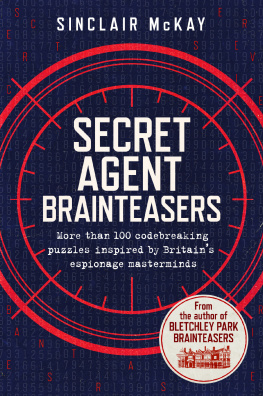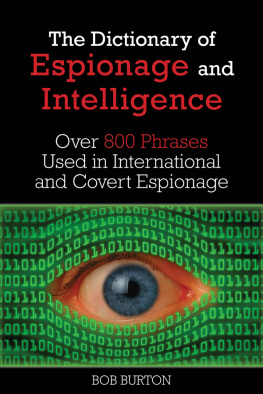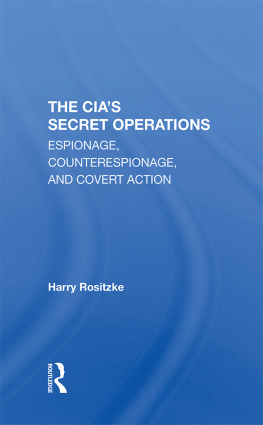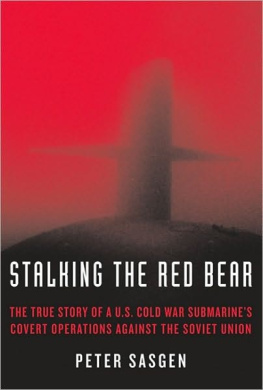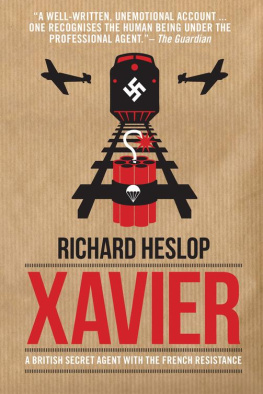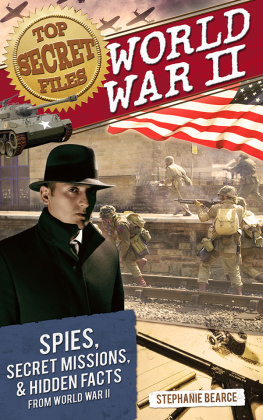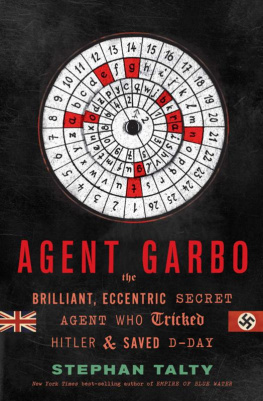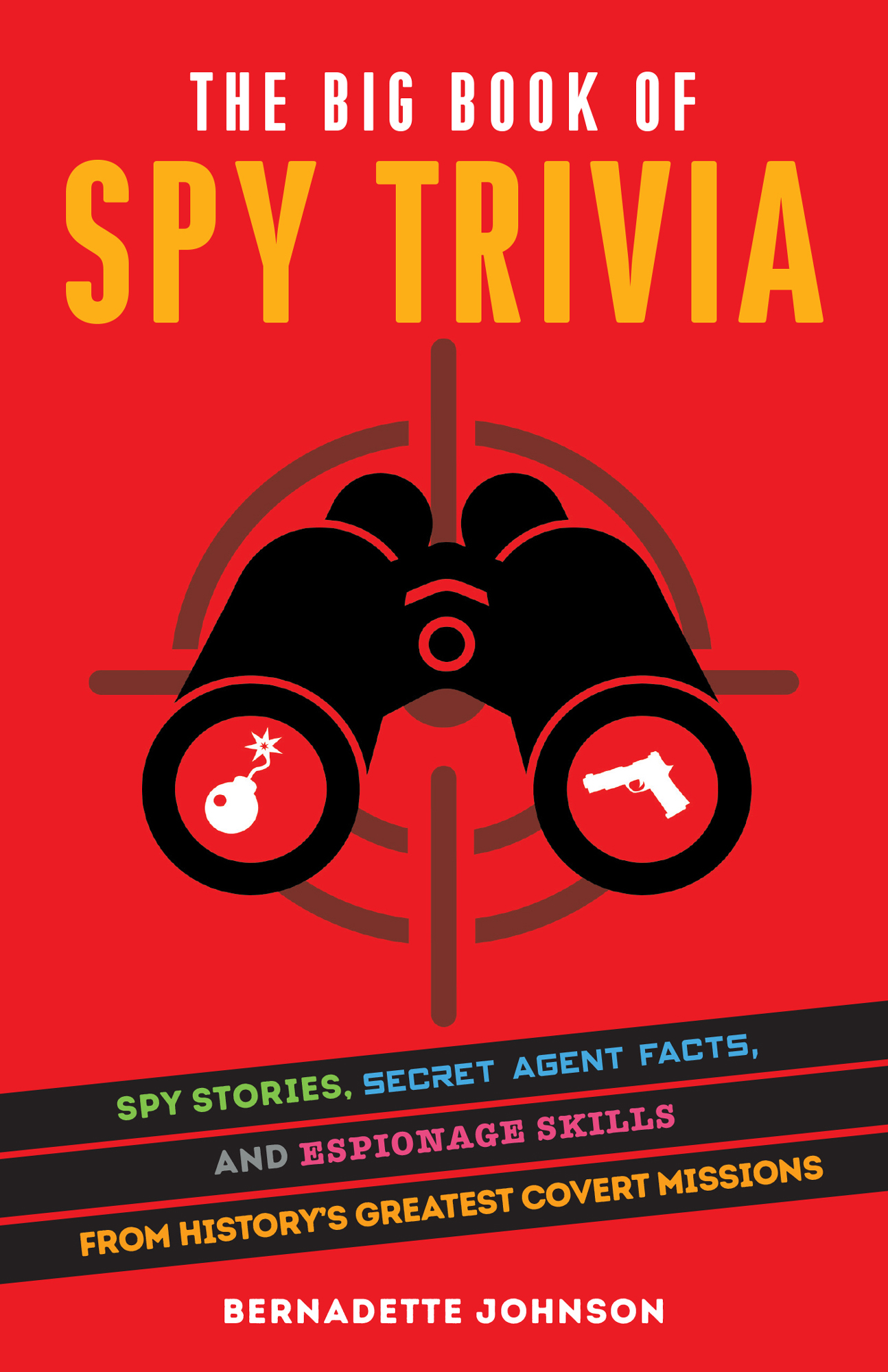Contents
Guide
Text copyright 2021 Bernadette Johnson. Design copyright 2021 Ulysses Press and its licensors. All rights reserved. Any unauthorized duplication in whole or in part or dissemination of this edition by any means (including but not limited to photocopying, electronic devices, digital versions, and the internet) will be prosecuted to the fullest extent of the law.
Published in the US by:
ULYSSES PRESS
PO Box 3440
Berkeley, CA 94703
www.ulyssespress.com
ISBN: 978-1-64604-130-5
ISBN: 978-1-64604-131-2 (eBook)
Library of Congress Control Number: 2020946968
Acquisitions editor: Claire Sielaff
Managing editor: Claire Chun
Project editor: Bridget Thoreson
Editor: Renee Rutledge
Proofreader: Mark Rhynsburger
Front cover design: Rebecca Lown
Icons: davooda/shutterstock.com
IMPORTANT NOTE TO READERS: Although the author and publisher have made every effort to ensure that the information in this book was correct at press time, the author and publisher do not assume and hereby disclaim any liability to any party for any loss, damage, or disruption caused by errors or omissions, whether such errors or omissions result from negligence, accident, or any other cause.
To Jeff and Molly for all the support and snuggles.
INTRODUCTION
In many ways, the history of spying is the history of everything, so inextricable is espionage from the machinations of power that have shaped our world. But there is a great deal we dont know about this topic. The thing about espionage isits covert. Those in the trade aim to remain undiscovered. So there is no telling the number of operations (successful or otherwise) about which well never know the details.
Fortunately for us, there is no shortage of examples we do know about. And we learn more daily. We wont discover some spy stories until they are declassified decades later. Some will get leaked or broken by the news media. And some will be lost to the sands of time. Still, what we know about the hidden world of espionage could fill many volumes.
This book contains a large sampling but still only scratches the surface. The information enclosed covers several eras of history and includes mundane facts, amusing tidbits, and horrifying revelations about clandestine activities of the past. It delves into fictional spies and their creators and describes a few tricks of the trade you might be able to use in a pinch yourself (at your own risk, of course).
Researching this book, I learned that spies are often not rewarded for their work, even if they are on the winning side, that governments always seem to be after each others technology, and that countries are, as often as not, tricked into war. Also, espionage techniques are routinely used for good, such as thwarting terrorist attacks and rescuing refugees, and, in the USs checkered past, leading enslaved people to freedom. Speaking of which, I also learned that Harriet Tubman was a real-life superhero who should be on all the currency.
Knowledge about the shadowy secret dealings of governments and organizations will make you realize that peace is both precious and fragile. People are often struggling behind the scenes to either keep or break it. We should learn to spot propaganda and misinformation, which has been used too many times to lead us to commit atrocities or enter into war, that most deadly of human pastimes.
In many ways, it would be better if we all stopped this covert battle for power and opted for complete transparency, including sharing technological and scientific discoveries. This would require trust and, looking at past shenanigans, who can blame countries for not trusting each other? But its up to current and future generations to learn from history (that thing we are told we are doomed to repeat if we dont) and weigh the costs of carrying on the undertaking that is sometimes called the great game or the second oldest profession. I hope you get some of that knowledge from these pages. Then you can make up your own mind on the usefulness of espionage in the modern world.
CHAPTER 1 SPY TRADECRAFT TECHNIQUES AND TOOLS OF THE TRADE

Q: What is a book code?
A: American traitor Benedict Arnold and British agent Joseph Stansbury used a book code to pass information back and forth. The method uses a page number, line number, and word number counted from the left to generate a number that corresponded to a word (the one at that location in a particular book). Both sides have to use the same book. Arnold and Stansbury used Commentaries on the Laws of England by Sir William Blackstone. One picked out words from the book to write a message in the numbered code, and the other interpreted the resulting coded message. They also wrote these messages in invisible ink (ink that is invisible until acted upon by a chemical, heat, or something else that renders it visible).
One fictional instance when a book code is used is Graham Greenes The Human Factor, where agent Maurice Castle uses a Communist-owned bookstore in London to communicate with his Soviet handler via a book code.
Q: What is the general rule of thumb for assigning an operations code name?
A: It should be as random as possible, with no connection to the actual work being done on the mission. Some famous missions are:
- Operation Cornflakes: Creation and distribution of demoralizing parody postage stamps during WWII.
- Operation Paperclip: US recruitment of German rocket scientists.
- Operation Mincemeat: Mission by British intelligence during WWII to plant a body disguised as a fictional military captain carrying fake intel to deceive the Germans as to where troops would be landing.
- Operation Ghost Stories: The gathering of evidence on a group of Russian sleeper agents masquerading as American suburbanites.
Sometimes agencies or agents pick a name that does tie in with the mission, like Operation Exodus, which convinced Catholics to flee from North to South Vietnam, but the general rule of thumb is to avoid a name that could lead someone to guess the actual mission.
Q: What is a dead drop?
A: A dead drop, also known as a dead letter box, is a technique where agents and their handlers leave and pick up documents or other items in a prearranged place for exchange so they do not have to meet each other in person. There are agents and handlers whove worked together for years and never met. The location can be any place where something can be concealed without too much danger of the general public stumbling upon it or seeing the operative make the drop or pickup. Theres even a specialized hollow contraption called a dead drop spike that can be driven into the ground for concealing documents in a waterproof container.
A run-in marker is used in conjunction with a dead drop to signal that a drop has been made. The marker can be anything: an actual mark made with chalk or a marker, a piece of tape or gum, an item left in a certain place in a certain way, or any indicator that the parties have agreed to look out for.
Q: What is a brush pass?
A: A brush pass, also known as brush contact, is a method of passing information or items while one agent walks past the other. The idea is that the agents will not have a noticeable exchange but look like pedestrians who have just brushed past each other naturally.


